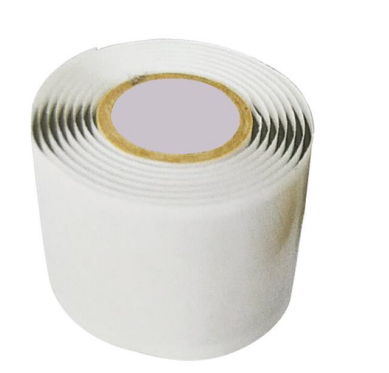Understanding Floor Marking Tape Specifications
In various industries, maintaining safety and operational efficiency is paramount. One effective way to achieve this is through the use of floor marking tape. This specialized tape serves multiple purposes, including demarcating pathways, safety zones, and operational areas. However, to ensure its effectiveness, understanding floor marking tape specifications is crucial.
What is Floor Marking Tape?
Floor marking tape is a durable adhesive tape designed for use on various surfaces, primarily flooring materials like concrete, wood, and tile. It is often used in warehouses, factories, schools, and hospitals to provide clear visual cues and guidance for workers and visitors. The tape is available in various colors and patterns, each serving a specific function.
Key Specifications of Floor Marking Tape
When evaluating floor marking tape, several critical specifications should be considered
1. Material Composition
The materials used in floor marking tape significantly affect its durability and application. Most high-quality floor marking tapes are made from vinyl or polyethylene, which offer excellent adhesion and resistance to wear, chemicals, and moisture. Additionally, some tapes come with a protective laminate that enhances scratch resistance and extends the tape's lifespan.
2. Size and Thickness
Floor marking tapes typically come in various widths, ranging from 1 inch to 6 inches, with thicknesses ranging from 5 mils to over 15 mils. The size you choose should depend on the visibility requirements of your workspace and the intended application. Thicker tapes generally provide more durability but may be harder to apply smoothly.
floor marking tape specification

The adhesive used in floor marking tape plays a vital role in its performance. High-quality tapes feature strong adhesives that allow them to stick firmly to floors while also being removable without leaving residue. This feature is essential for areas where frequent rearrangement or updating of markings is necessary.
4. Color and Visibility
Color coding is a common practice in many industries, and floor marking tape is no exception. Different colors are used to signify various zones such as walkways, hazardous areas, and storage spaces. When selecting tape, it’s important to choose colors that are not only bright and clear but also comply with industry safety standards (such as OSHA regulations in the United States) to ensure visibility and understanding.
5. Slip Resistance
Safety is a significant concern in any workplace. Many floor marking tapes are designed with slip-resistant textures to reduce the risk of accidents. When choosing tape, confirm that it meets the slip resistance standards, particularly in high-traffic areas where moisture might be present.
6. Temperature Resistance
Depending on the environment, temperature resistance can be an important specification. Some floor marking tapes can withstand extreme temperatures, making them suitable for both indoor and outdoor applications. Ensure that the tape you select can endure the conditions of your specific application to maintain its integrity over time.
Application Considerations
The application process for floor marking tape greatly affects its performance. Proper surface preparation is essential for ensuring adherence. The floor must be clean, dry, and free from debris. Additionally, applying tape at the appropriate temperature (usually between 60°F to 80°F) will optimize adhesion and durability.
Conclusion
In summary, floor marking tape is a vital component for enhancing safety and efficiency in various settings. Understanding the specifications—from material and adhesive strength to color, size, and slip resistance—will help ensure the selection of the right tape for your needs. With the correct application, floor marking tape not only improves workplace organization but also significantly reduces safety risks, making it a worthwhile investment for any organization. Ensure to review industry standards and best practices to maximize the effectiveness of your chosen floor marking solutions. By prioritizing these specifications, employers can create safer, more efficient work environments.
-
XIANGFAN Rubber Tape-Ultimate Solutions for All Your Insulation NeedsNewsJun.24,2025
-
XIANGFAN Rubber Tape-Protection for Industrial and Residential ApplicationsNewsJun.24,2025
-
XIANGFAN Rubber Tape: Superior Safety and Sealing for Demanding EnvironmentsNewsJun.24,2025
-
XIANGFAN Rubber Tape: Reliable Solutions for Every Electrical ChallengeNewsJun.24,2025
-
XIANGFAN Electrical & Industrial Tape: Powering Reliability Across IndustriesNewsJun.24,2025
-
XIANGFAN Electrical & Industrial Tape: Excellence in Every ApplicationNewsJun.24,2025
